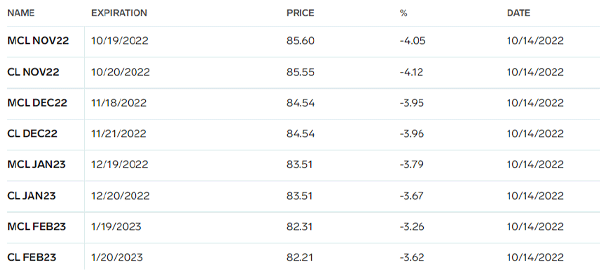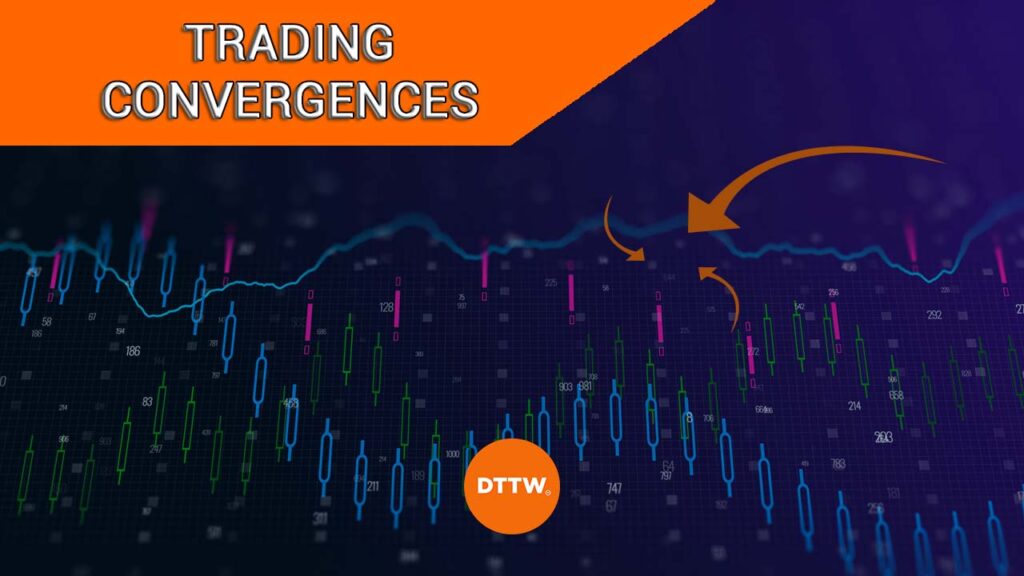Convergence is defined as a situation when two or more things move closer to each other. It comes from the term converge and is applied in some of the most important industries in the world like the financial market.
We often tend to consider its opposite, divergence, but even this term is something traders need to know. In this article, we will look at how to trade convergence in the financial market.
What is the convergence trading strategy?
Convergence is a trading approach that is commonly used in arbitrage. It involves buying and selling similar assets in the market at the same time. In most cases, the convergence strategy is used by large hedge funds and investment companies.
In most cases, the convergence trading strategy involves two types of assets: spot and futures. Spot price refers to the current price of a financial asset like a stock and commodities like gold and crude oil. On the other hand, a futures price is what investors have a right but not an obligation to sell at.
Related » Trading stocks vs futures
The chart below shows the different prices of West Texas Intermediate (WTI) in the futures market. In October 2022, the spot price was trading at $85.51. Therefore, it seems like futures traders believe that the price of WTI will decline in the future.


Convergence is often seen as a strategy that is not as risky as other approaches to trading. However, in most cases, it usually means that a trader needs to hold the two positions for a long period.
Convergence vs divergence
The opposite of convergence is divergence. Divergence happens when two similar assets are moving in different directions.
Another popular approach to divergence is based on technicals. It is a situation where a financial asset is moving upwards while oscillators are going in the opposite direction.
For example, an asset’s price may be going upward while the Relative Strength Index (RSI) or the MACD are moving in the opposite direction. When this happens, there is usually a high probability that the price will ultimately pull back.
Convergence vs arbitrage
The convergence trading strategy is a type of arbitrage strategy. For starters, arbitrage is a trading approach that involves buying and selling two financial assets at the same time and then benefiting from the spread.
For example, the Vanguard Tech Index and Invesco QQQ always move in the same direction since they track the same index. As such, a trader can buy a big amount of QQQ and then short a smaller amount of the Vanguard index.
In this case, if the trade works, the profit will be the spread between the two financial assets.
How convergence trading strategy works
To understand the concept of convergence, it is important to know how the futures and spot market works.
As mentioned above, the spot price of an asset is what it is selling for at the moment. When you buy a spot stock using a broker like Robinhood or Schwab, you are simply buying the current price. As such, if Apple shares are trading at $100, it means that this is the price that sellers are willing to buy.
Another approach is to use the options market to buy or short Apple shares depending on where you expect them to go.
In this case, you can either place a call option, which gives you a right to buy a stock at a specific price by expiry date. Alternatively, you can place a put option, which gives you the right to sell a stock at a specific price by the expiry date.
Therefore, a convergence trading strategy is a situation where you open two positions in the spot and futures market.
A good example of convergence trading is where you buy one asset forward and then short the same asset at a higher price.
The hope is that the spot and futures prices will converge as it nears the futures expiry date. This happens since the market will not allow the same asset to trade at different prices at the same time.
Examples of common convergence trades
Convergence trades can happen across all financial assets but they are most common in stocks, bonds, and commodities.
A good example of a convergence trade is in the gold market. A good example of this is if gold is trading at $1,000 and a futures contract is trading at $1,200. In this case, a trader can decide to buy gold at the spot price and then short the futures contract.
The hope is that the two prices will ultimately converge towards the expiry period, which will make the trader $200.
In the example above, we see that the West Texas Intermediate was trading at $85.51 in October while the February futures contract was at $82.21. In this case, a trader could short the spot price and go long the futures contract.
Another example is in the bond market. In it, a trader can buy junk bond, which are significantly risky, and then short treasuries.
Treasuries of a country like the United States are seen as being extremely safe assets.
Risks of the convergence pattern
There are several risks for trading the convergence pattern. First, there is the risk that the potential convergence will take a long time to happen. And a lot can happen as you wait for the situation to happen.
Second, at times, because of the volatility in the market, it is possible that the expected convergence fails to happen. Finally, convergence tends to have a negative skew in terms of returns.
So if you were wondering..no, convergences are not a good tool for day traders because they take too much time and do not allow you to take advantage of volatility.
Summary
Convergence is one of the top strategies mostly used by directional hedge funds and traders. In this article, we have looked at how the approach works and identified some of the top strategies that traders use to take advantage of it.
External useful resources
- Convergence trading, arbitrage and systemic risk in the United States – Banque de France
